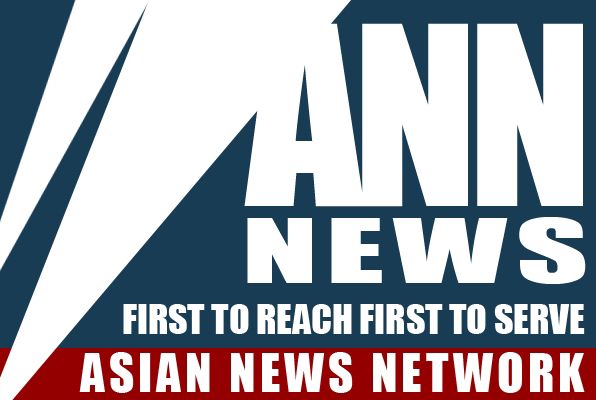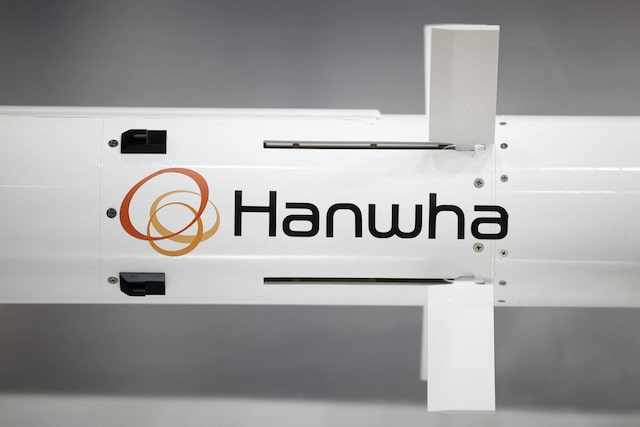A participant stands near a logo of World Bank at the International Monetary Fund – World Bank Annual Meeting 2018 in Nusa Dua, Bali, Indonesia, October 12, 2018. REUTERS
LONDON/WASHINGTON, Oct 14 (Reuters) – The need for emerging economies to be more transparent about their debt is one issue uniting wealthy countries and multilateral lenders in a fractious, divided world where the international order and development finance face pressure.
The World Bank in June launched a call for “radical” debt transparency and the United States outlined transparency as a key goal for international financial institutions under President Donald Trump’s leadership.
But in the past several years, the riskiest of those nations – so-called frontier market countries – have been taking on more private, complex and “creative” debt arrangements that inadvertently undercut the visibility of the terms of their debt.
“Everybody loves transparency…(but) whatever the confidentiality clauses say, we are seeing a lot less of the documentation of commercial bank and other private lending,” said Anna Gelpern, a law professor at Georgetown University in Washington, D.C. who works on debt issues.
Collateralised lending to countries in strife that had dwindling options of raising funds causes particular issues, she added.
“That means that everything is going dark in terms of debt transparency.”
LIMITED ACCESS FOR BORROWERS
Countries from Panama and Colombia to Angola and Cameroon have sought to weather double-digit bond yields by seeking less conventional borrowing – from private placements to resource-backed loans or complex debt swaps requiring collateral.
While this is not on its own untoward, it means the terms of the debt – the cost, the collateral and even sometimes the tenure or amount – are not public.
This contrasts with international bond issuance where terms of the borrowing are published.
Some investors say the borrowing is a smart, sophisticated way to wait out times when bond markets might not be so easily accessible. But others warn this makes the total debt pile less transparent.
“With regards to collateralized borrowing, these kinds of hidden instruments, institutions like the IMF should be very worried about it, because they really then make the concept of preferred creditor very complicated,” said Reza Baqir, head of sovereign advisory at Alvarez & Marsal.
NET NEGATIVE, COST SAVING
The IMF estimated in a paper earlier this year that private lending to low-income countries outside international bonds as a percentage of their public and publicly guaranteed debt had risen to 10% by end-2023 from 6% at end-2010. Overall private lending – including international bond issuance – rose to 19% from 6%.
Victor Mourad of Citi said international bond issuance from Sub-Saharan African markets had been net negative – meaning governments raised less than they paid back – for the past three years.
Governments have sought cheaper funding sources – such as loans backed by development finance institutions such as the World Bank – and also more “creativity” via private placements and borrowing facilities in different currencies, though the alternatives they seek vary.
Nigeria has in the past secured oil-backed loans using crude oil cargoes as collateral. Angola opted for a $1 billion “total return swap” with JPMorgan, with privately placed bonds as collateral.
Aaron Grehan, co-head of emerging market debt with Aviva Investors, said Colombia and Panama had also avoided public debt markets, the former with dollar-bond buybacks and a total return swap, the latter with private placements.
Both had done well in these deals, he said, but will need to return to capital markets before too long due to the sheer amount they need. “You kick the can down the road,” he said.
When they return to public markets, investors will need to unpick their debt to try to determine what governments can sustainably borrow and repay.
“We have to do the homework and figure out if what is happening makes sense,” said Elina Theodorakopoulou, managing director and portfolio manager with Manulife Investment Management.
“If there is not enough transparency, that will be translated into the yield that you have to face if you were to access the market.”
Countries themselves say the deals have saved them money. Angola is still deciding on whether to extend its total return swap with JPMorgan, despite getting stung with a temporary $200 million margin call when oil prices slid.
“The cost of those financings is lower than the Eurobond,” said Dorivaldo Teixeira, general director of the public debt management unit at Angola’s finance ministry, while acknowledging the risks involved.
PUBLIC BORROWING, BUT HARDER TO ASSESS
At this week’s IMF and World Bank annual meetings in Washington, one of the issues the Global Sovereign Debt Roundtable will seek to tackle is the trouble of restructuring private debt.
That has snared Zambia and Ghana in default for longer than expected.
Sources said governments and advisors underestimated how hard it would be to unpick, determining who holds it, on what terms and whether there was collateral which can put one borrower ahead in the queue. This complicates debt reworks, in which all borrowers, ostensibly, must get equal treatment.
“It raises risks,” said Thys Louw, a portfolio manager with Ninety One. “Anything that’s marginally opaque adds complexity.”
Reporting by Libby George and Karin Strohecker, Additional reporting by Nell Mackenzie; Editing by Andrea Ricci




